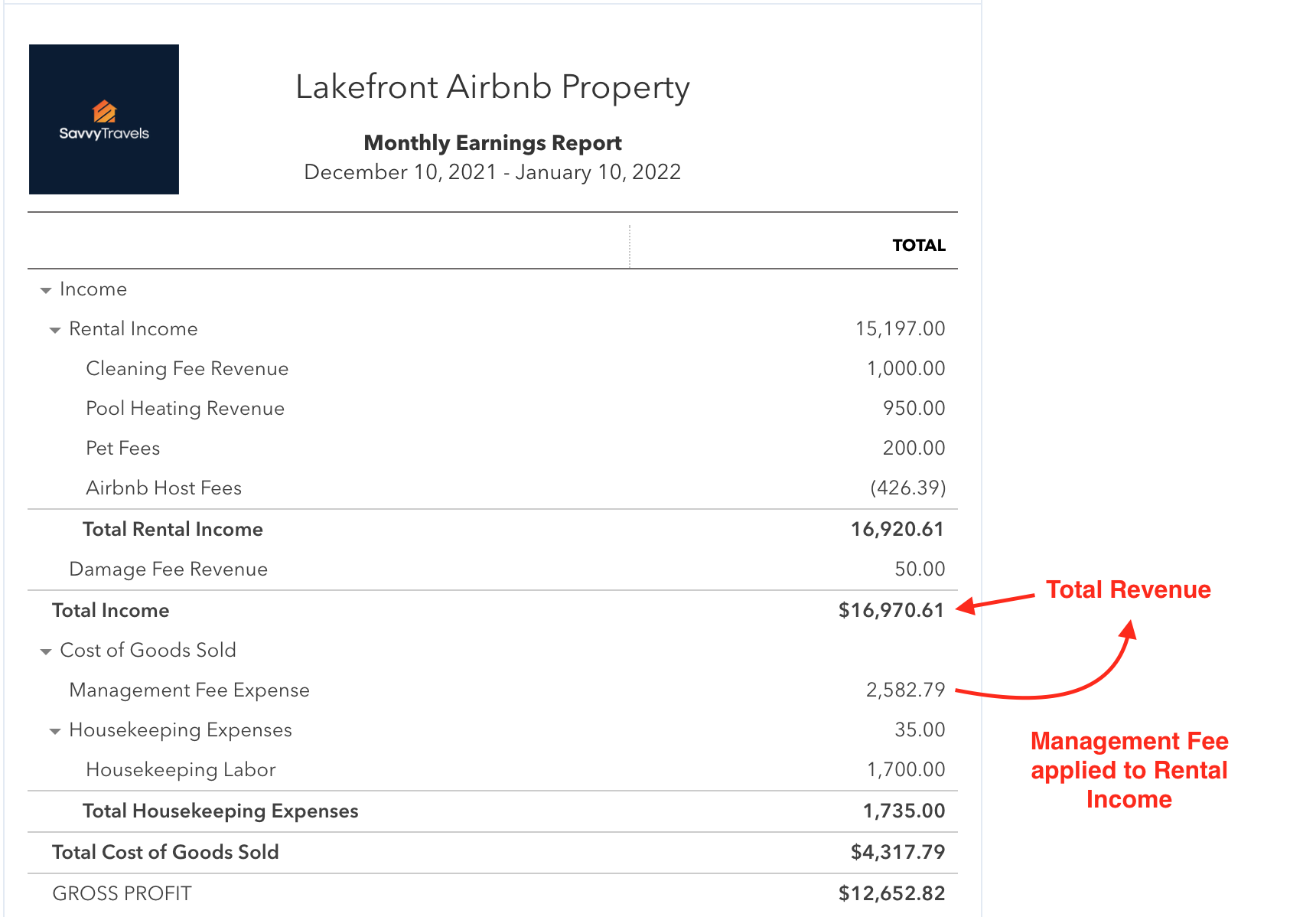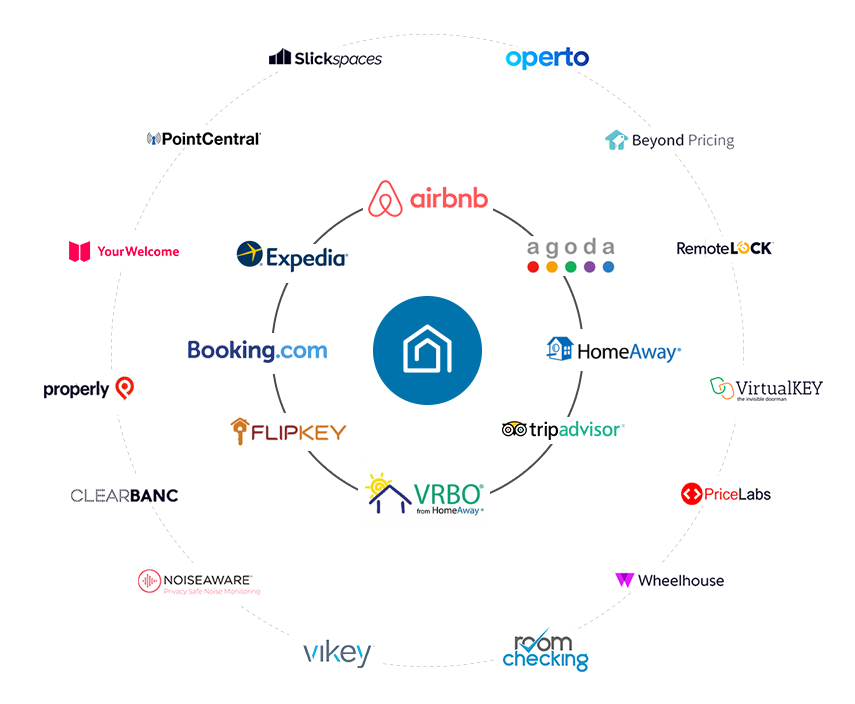
Whether you are a real estate investor or property manager, you'll want to learn how to start a property management company. It's not hard to start your own company. However, it is important to follow some key steps to ensure that your business has a strong start.
First, you will need to create a legal entity. This is done by filing for a Limited Liability Corporation, or S-Corp. This entity protects your personal assets. It is also a smart idea to obtain a real-estate license.
The next step is to prepare a solid business strategy. This plan should outline how much revenue you anticipate generating in the first year. Include a goal revenue and an estimate for any unexpected costs. You should also create a marketing plan. A good marketing strategy includes a website, paid advertising, and other promotion methods.

Your target market is another important consideration when you start a property management business. You may feel tempted to jump in and work directly with tenants. However, it's best to begin with existing clients before jumping headfirst into the business. They can help to find new clients and recommend you to potential clients.
In order to successfully launch your property management firm, you need to have the right technology. You will likely need software to do things like schedule screenings, communication, and accounting.
To make an impression, you must have the right technology. But you also need a beautiful website. A well-designed website will make your business stand out and showcase your qualifications. You can build a website with many websites in just minutes. A developer should be able to create a Google-optimized site.
To ensure you're using the appropriate tools, research and learn about the best ones available. Don't be afraid of asking around. If you need help finding the right person, your local real-estate organization or networking groups will be able to assist.

Learn more about the industry to better understand the pros and cons of property management companies. You can make a lot in this industry but you should keep your expenses low. Be sure to read up on any state laws governing the industry, as well as any rules you'll need to follow.
Other things you should know about the property management industry include the best ways to find clients and the proper ways to market your services. Any property management company must include marketing in their strategy. It should have a well-constructed website, several references, and a sales pitch.
Finally, you'll need to learn about the different licensing requirements for your state. It depends on where you live, you may need either a realty license or a brokerage license. These licenses will allow you to manage property transactions and deal with the legal aspects of your company.
FAQ
Is it possible for a handyman to install new fixtures or appliances?
These projects are best left to the professionals. It is important to know the exact type of appliance or fixture that you are installing before you begin.
What do most handyman charge per hour?
A handyman charges between $50-$75 per hour. They've been doing it for years. They spend around 10 hours on average working for any given job. They don't need to advertise; they are well known in the neighborhood.
They are more likely to become specialists and build customer relationships over time.
The main difference between them, other contractors, is that they are fast, reliable, cheap, and efficient.
Most people know at most 2-3 of these men and are able to trust them enough to call when they have a problem.
Some people are so successful that they start their own company.
What is the average time it takes to complete a DIY project?
An average DIY project takes between two and four hours. The project's complexity and difficulty will impact the length.
Statistics
- A franchise was approximately $110,000 with a franchise fee of $14,900, according to a spokesperson for a national handyman franchise. (en.wikipedia.org)
- With a strong housing market, the handyman and general maintenance worker industry are expected to grow by nearly 10% in the next decade. (housecallpro.com)
- “Before the pandemic, 40% of people asked how we could estimate a job when we weren't there,” Rose recalled. (inquirer.com)
- “Once the pandemic hit, that number fell to about 20%.” (inquirer.com)
- More than 20% of homes in America have outdoor living spaces, including decks and patios. (mrhandyman.com)
External Links
How To
How to Install Receptacle Box
When installing any type of electrical outlet, you should always follow the guidelines your local building inspector set forth. You should ensure that the wiring is done correctly, and that there are no fire hazards or water damage.
Most boxes are prewired and have four wires from the breaker panel. The two black wires lead to the box's first screw. The red, white, and blue wires go to its second screw. When connecting these wires together it is vital to not use wire nuts or wrap around the screws. You will have difficulty getting the wires to stay put after they are tightened. These wires should be free to move, but not tight enough to cause them to pull out of the holes.
If you want to add receptacle to an already existing box, you might need to consider adding another piece of hardware. To accomplish this task, you need to cut off the top of the existing metal box and add a new cover plate. After you have made the hole for your new receptacle, and attached the coverplate, you will need to connect all wires to your new receptacle.
A modern light switch can replace the existing receptacles within your home. This task may be possible without the assistance of a licensed electrician. You will first need to remove the old switch and its mounting place. Next, you will need to take the time to unplug all wires that are connected to the switch. These wires include those that supply electricity to lights and power going into the switch. You can now begin the process of replacing everything you have removed.
After taking out the old switch you will need to measure the distance from the wall studs, and then mark them with permanent markers. Once you've done this, you need to decide if the switch should be placed high above or low to the floor. You will need to drill holes for the mounting bracket depending on how high the switch is to be mounted. Or you can attach it directly to the wall with drywall anchors.
After the measurements are taken and the locations have been marked up, it's time to get started. You will need to remove the drywall from the area where the switch will go. You should leave at least 8 inches between each stud to prevent accidentally cutting the cable. The next step is to mount the switch using the appropriate mounting brackets. Next, attach the cables and secure the switch onto the mounting brackets. Once the switch is fully installed, you'll need to turn back the power and test it for proper operation.